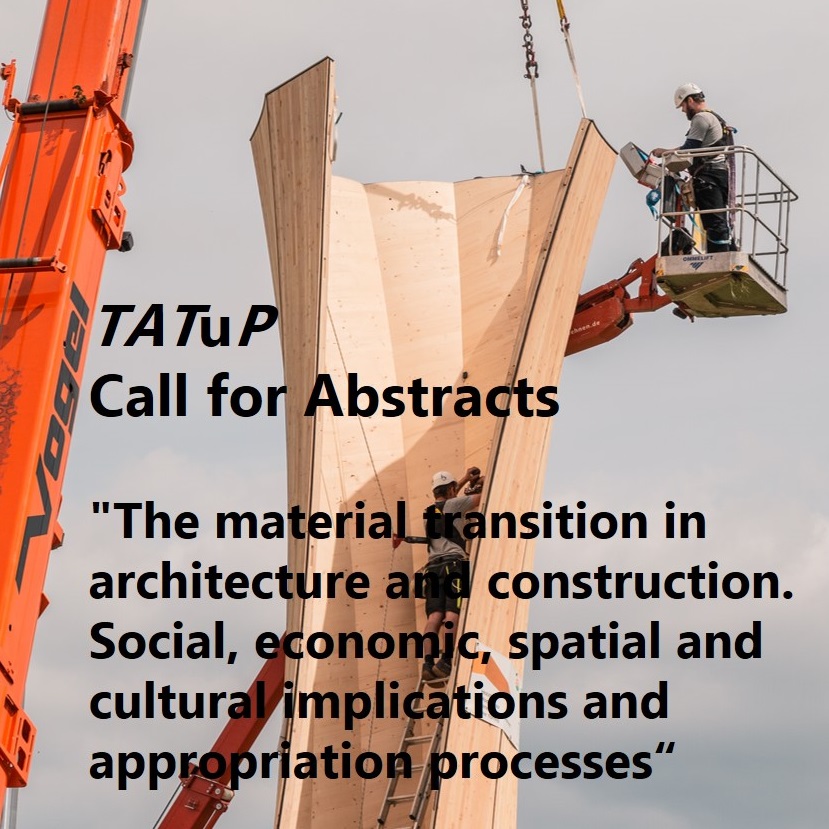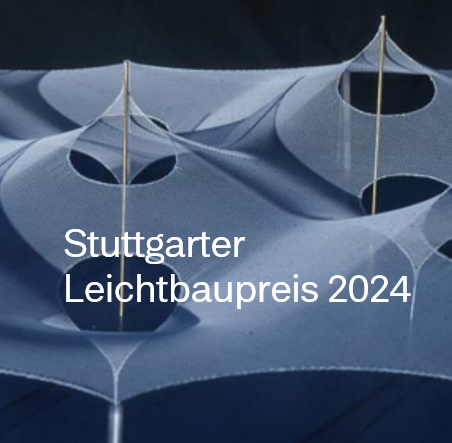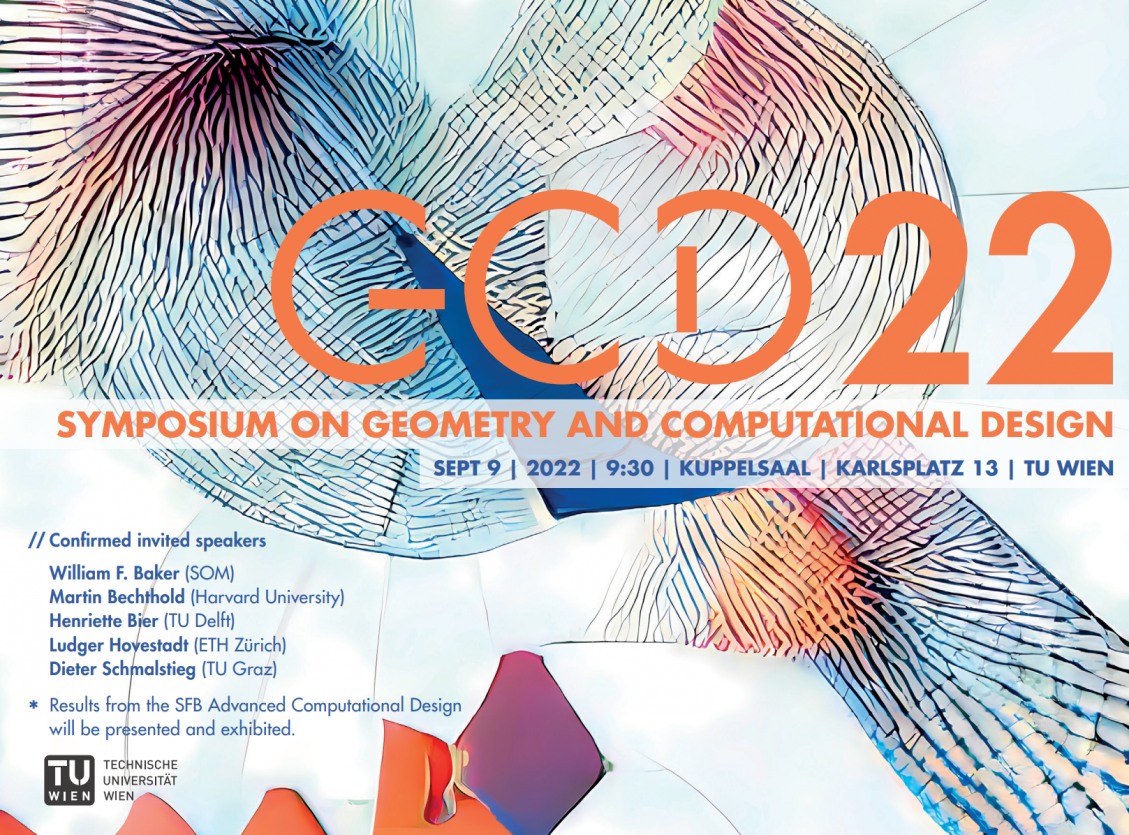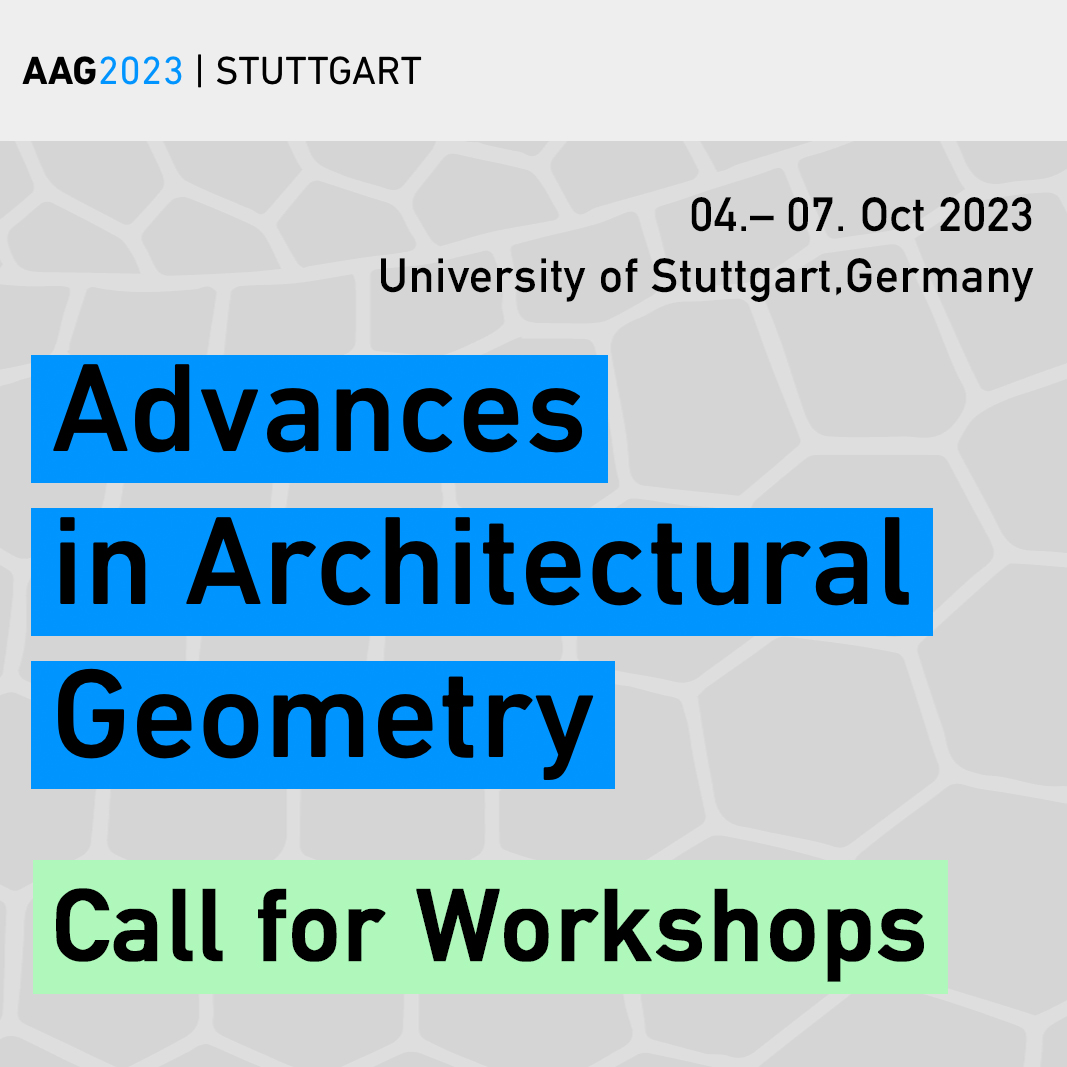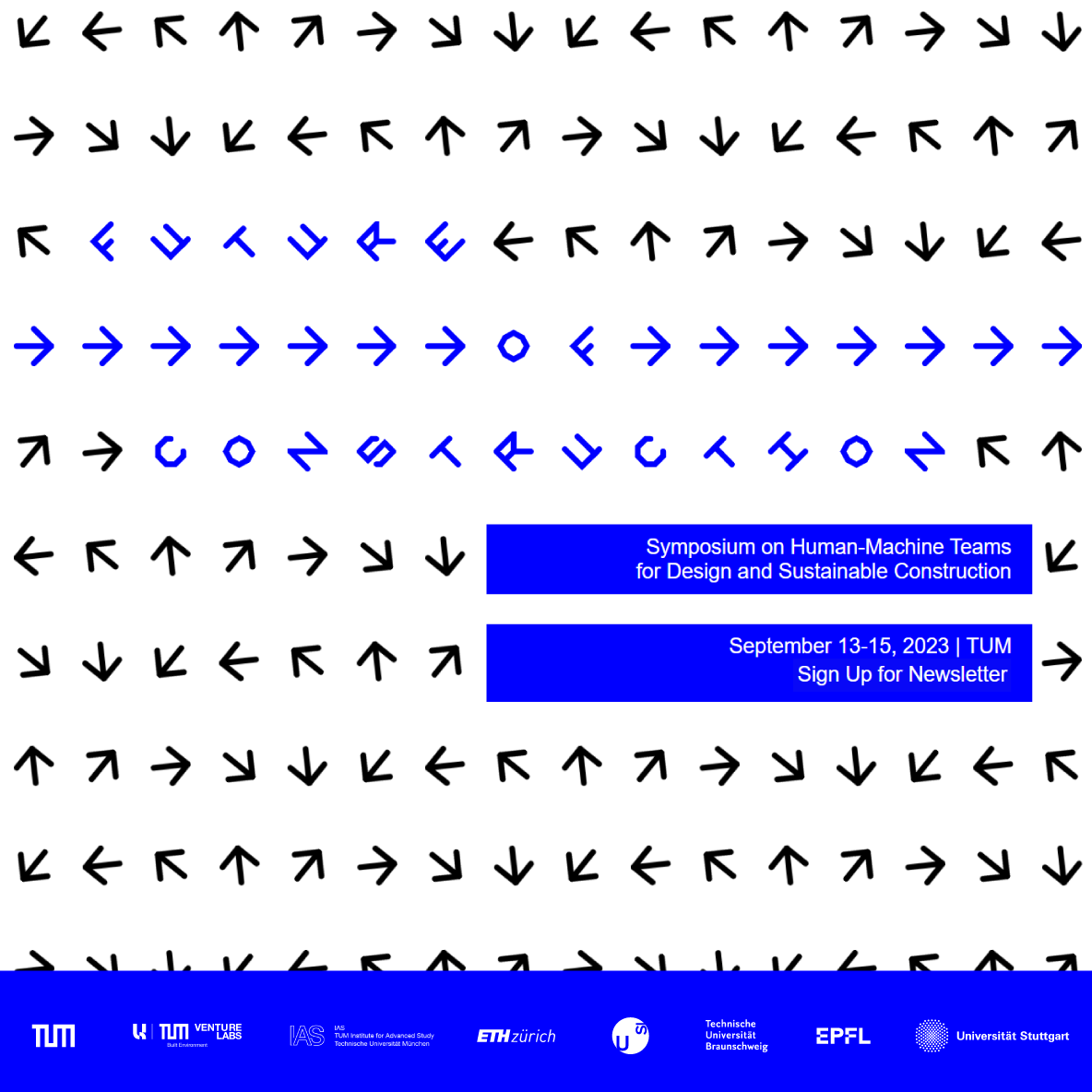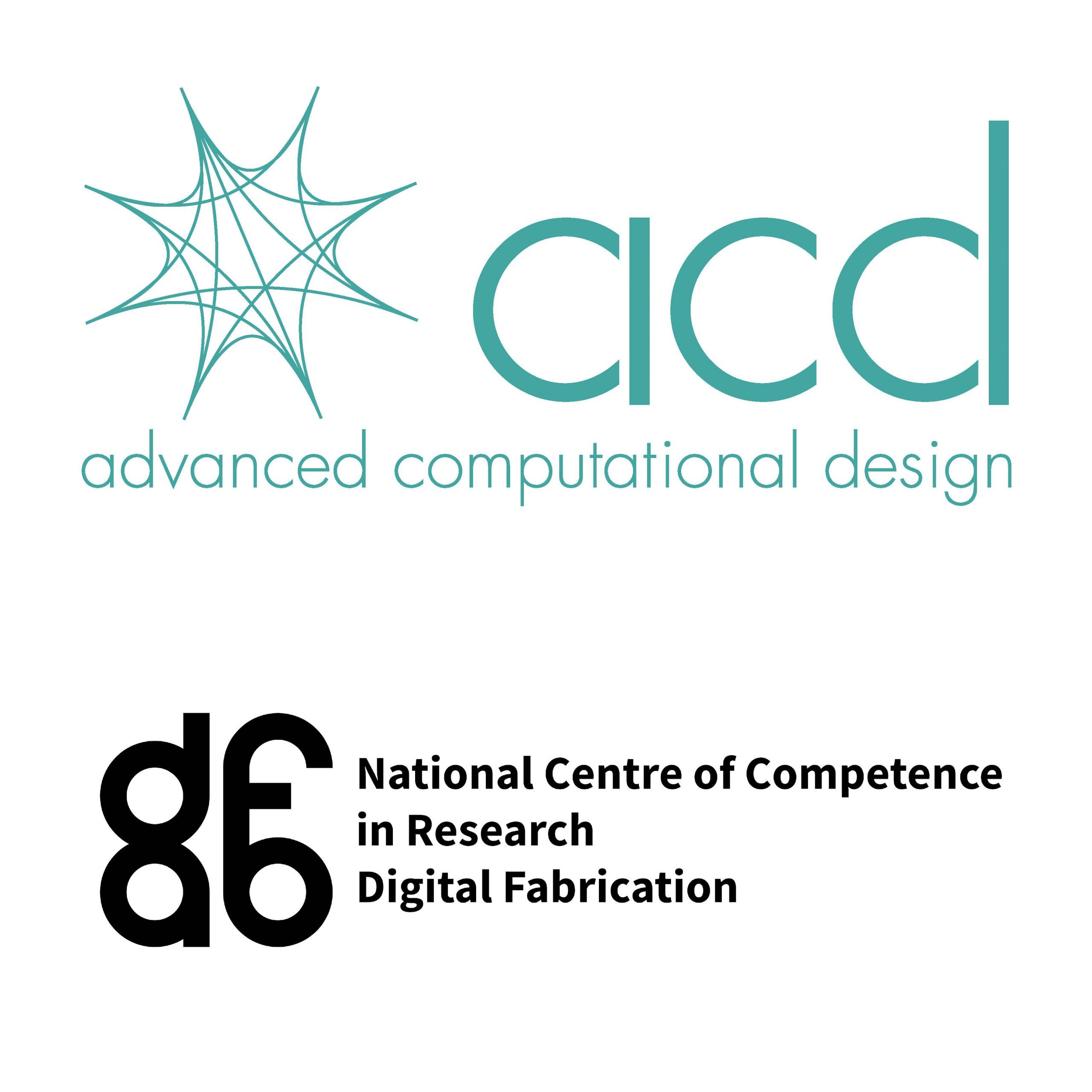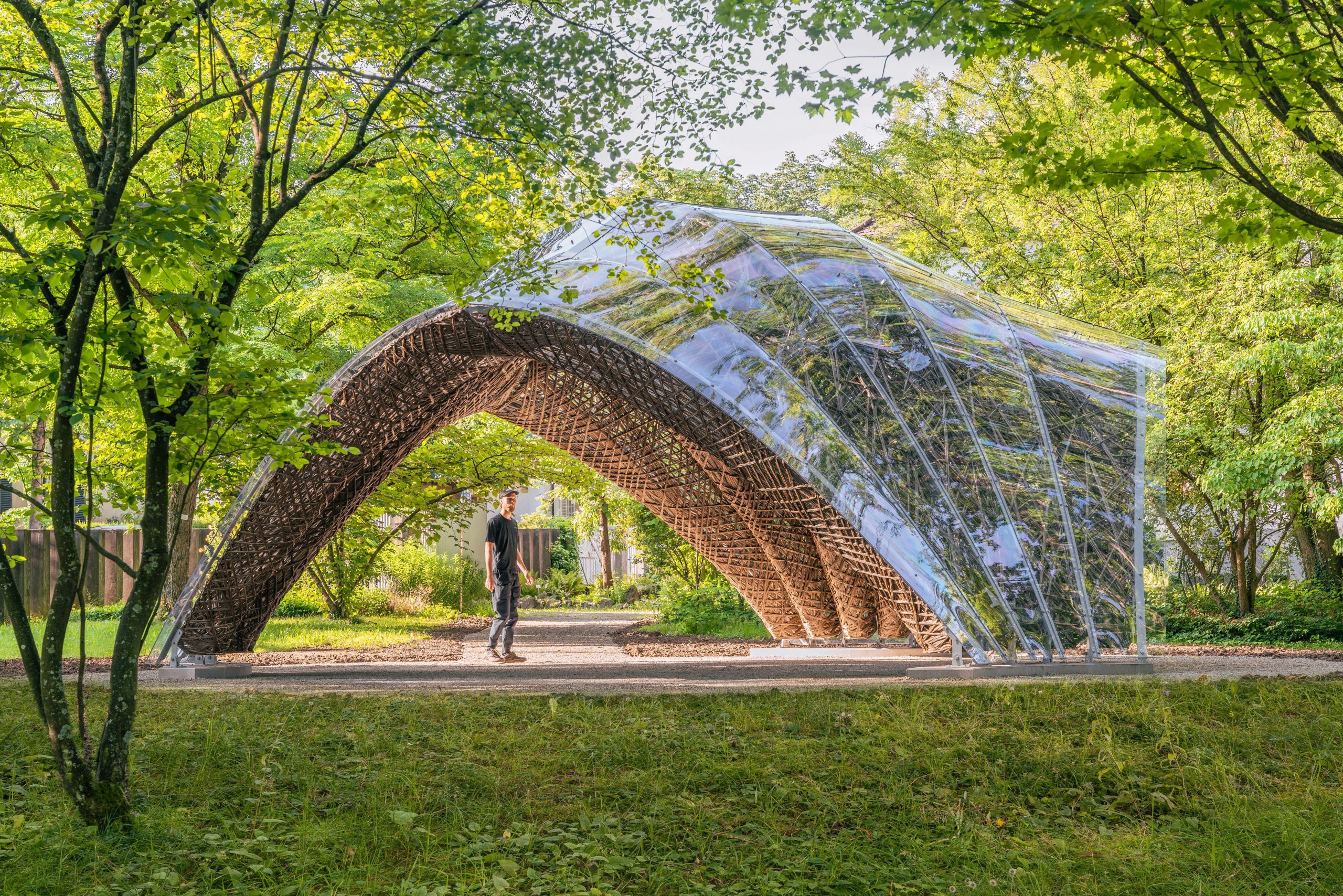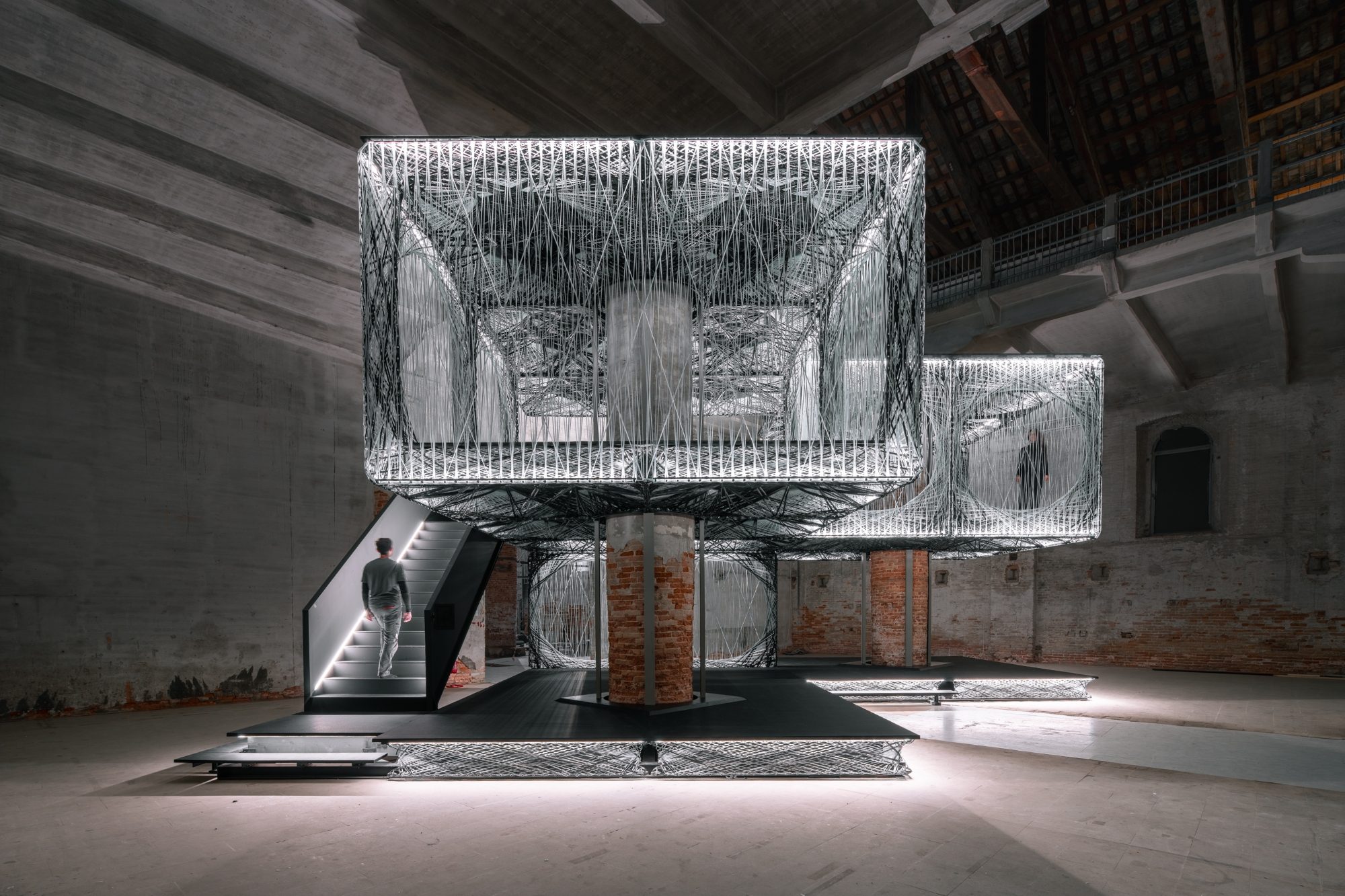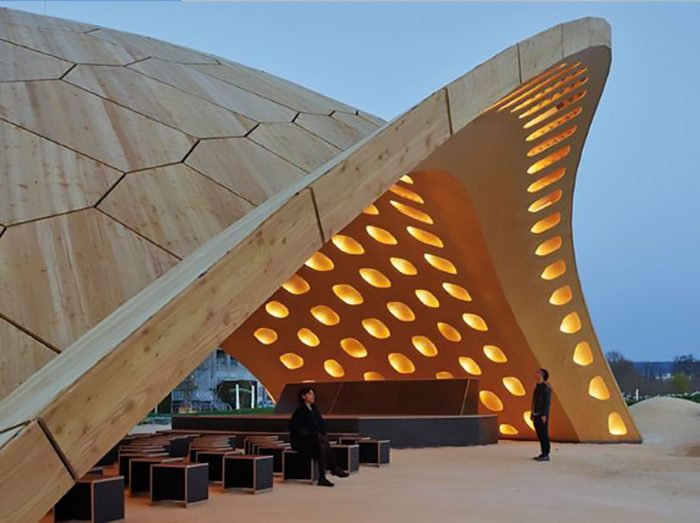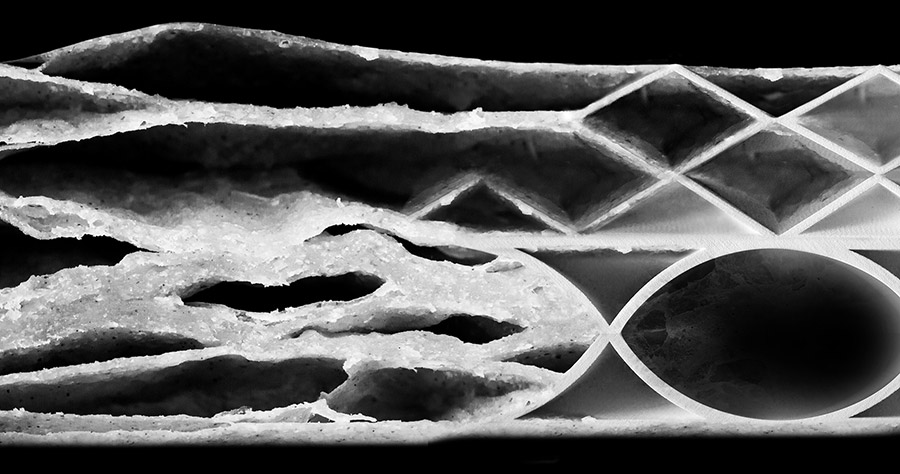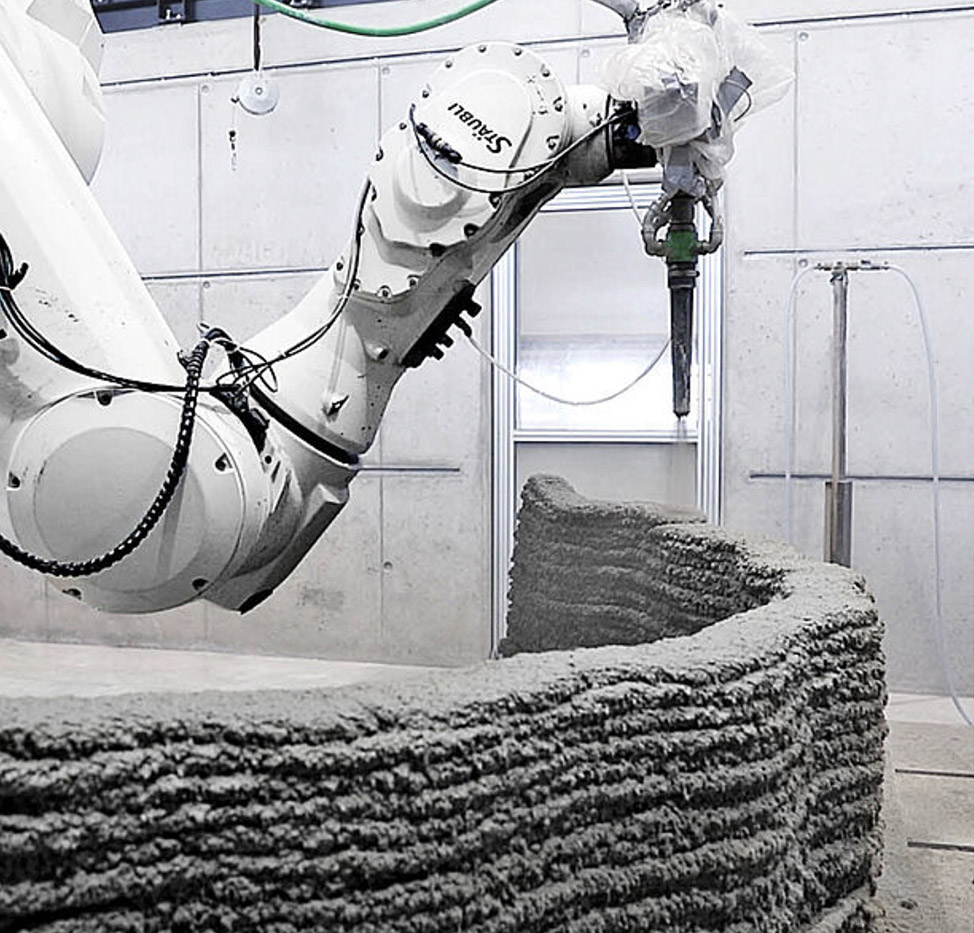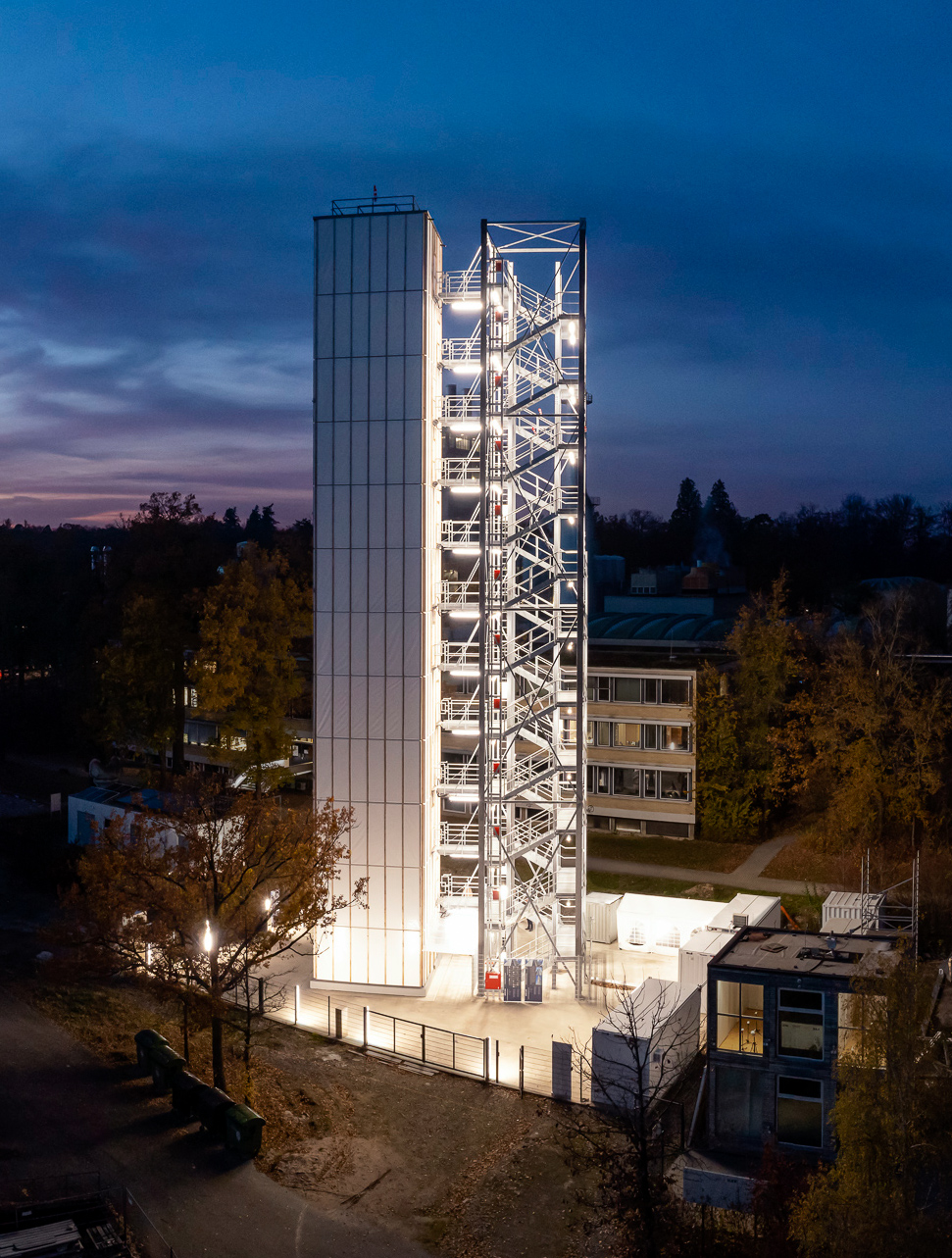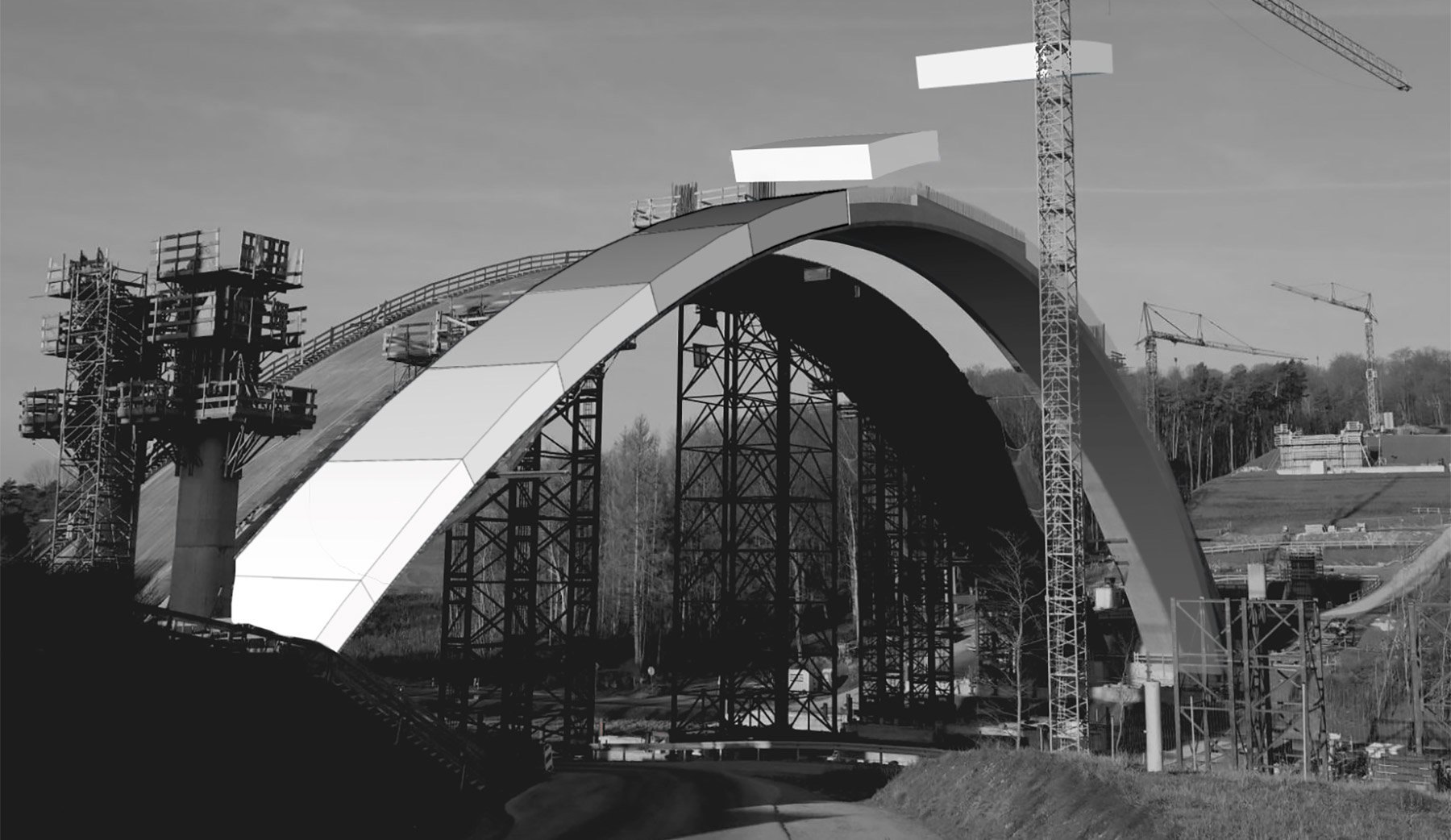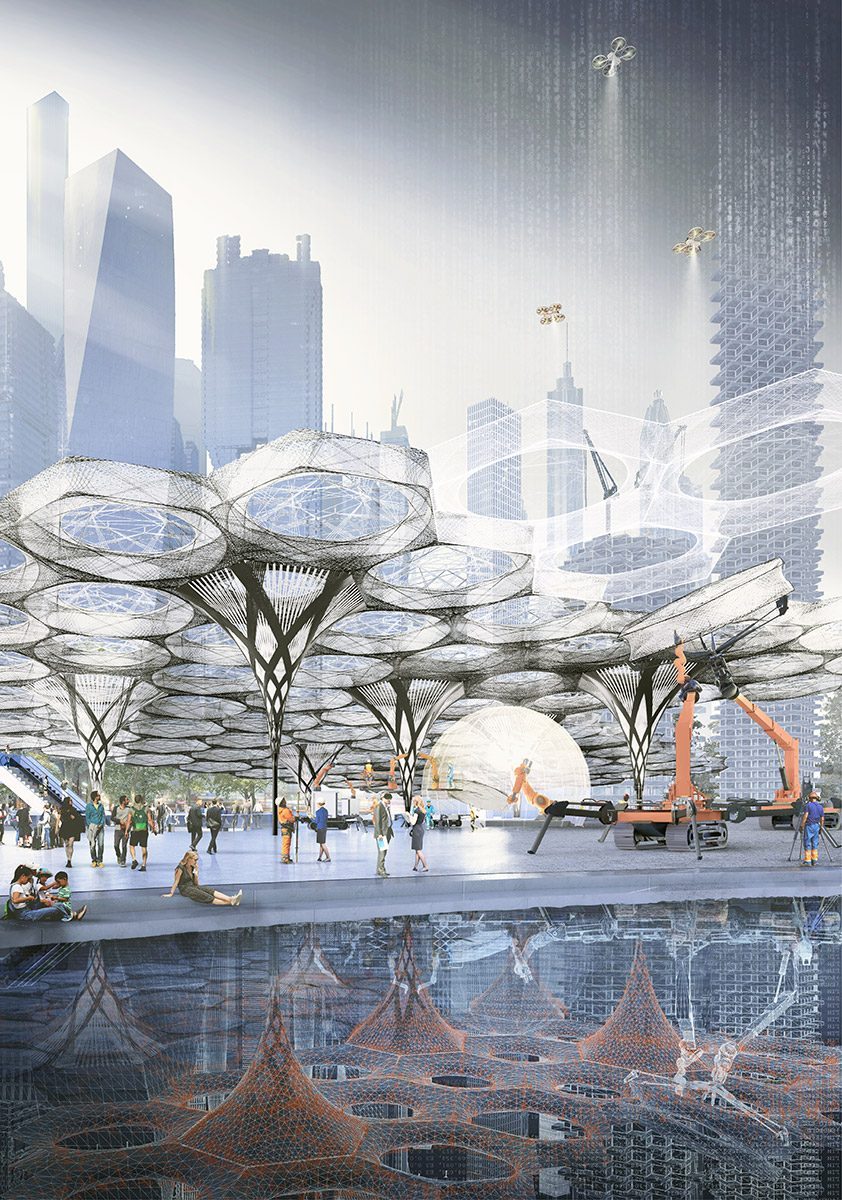Eco-Metabolistic Architecture
Eco-Metabolistic Architecture
The ‘Eco-Metabolistic Architecture’ builds a holistic model for biogenic materials in Architecture through three perspectives; the harvested, the composite and the living. It was granted in 2021 by the European Research Council and is led by Mette Ramsgaard Thomsen, professor at the Center for IT and Architecture (CITA).
‘Eco-Metabolistic Architecture’ examines the foundations of a bio-based material paradigm for architecture.
It argues that moving from a current reliance on the non-renewable materials of the geosphere, to the renewable and fundamentally cyclical materials of the biosphere can establish foundations for thinking alternative sustainable building practices. By positioning architecture and the built environment as a particular case for bio-based materials, where the long lifespans of buildings support carbon storage, this project identifies the bottlenecks that limit their adaptation into the way architecture is thought, designed and built.
Architectural design is traditionally understood through the durable and the permanent. This project aims to challenge this foundation and bring forth the fundamental differences that bio-based materials engender. With focus on the embedded lifespans of living materials, the fundamental circularity and degradability of biomass and resulting transformative life cycles of the artefacts that they embody, this project proposes a holistic conceptualisation of architecture as an organism built out of living materials.
Go to the “EMA” homepage

